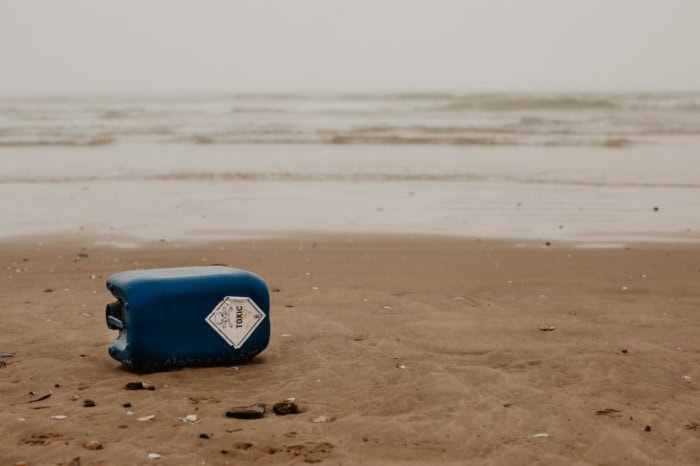
When communities face widespread health issues due to toxic exposure, class action lawsuits serve as a powerful legal tool for seeking justice. These lawsuits have transformed how our legal system addresses environmental contamination and corporate accountability, from the landmark asbestos cases to recent litigation involving contaminated drinking water.
Understanding Class Actions in Toxic Exposure Cases
What is a Class Action Lawsuit?
A class action lawsuit allows multiple individuals affected by similar circumstances to pursue legal action collectively. In toxic exposure cases, this means that instead of hundreds or thousands of separate lawsuits, affected individuals can combine their claims into a single, powerful legal action. This approach is particularly effective when dealing with widespread environmental contamination, where many people suffer similar injuries from the same source.
Common Types of Toxic Exposure Leading to Class Actions
Environmental contamination can take many forms, affecting communities in various ways.
Some of the most prevalent types of toxic exposure cases include:
- Asbestos exposure in construction materials and industrial settings, leading to devastating health conditions like mesothelioma and lung cancer. These cases often involve workers exposed over decades, as well as their families who experience secondary exposure through contaminated work clothes. These claimants can file a lawsuit for mesothelioma.
- Water contamination incidents affecting entire neighborhoods or towns, such as the Camp Lejeune water contamination case that exposed military personnel and their families to dangerous chemicals for over three decades.
Legal and Procedural Aspects of Toxic Exposure Class Actions
Certification of a Class Action
For a toxic exposure case to proceed as a class action, it must meet specific legal requirements. Courts carefully examine factors such as:
- The number of affected individuals
- Common question of law or fact among class members
- Similar injuries or damages across the class
- Adequate representation by class representatives and counsel
Burden of Proof and Scientific Evidence
Proving causation in toxic exposure cases requires substantial scientific evidence. Expert witnesses play a crucial role in establishing links between exposure and health conditions. Medical studies, environmental testing, and epidemiological data often form the foundation of these cases.
Settlement vs. Trials in Class Actions
The vast majority of toxic exposure class actions conclude through settlements rather than trials. Major considerations include the potential for lengthy litigation draining resources or uncertainty of jury verdicts. Immediate compensation for victims and the cost-effectiveness for both parties also need to be taken into account.
The Impact of Class Actions on Corporations and Victims
Class actions lawsuits significantly impact corporate behavior. Companies facing toxic exposure litigation often experience substantial financial penalties and compensation payments. The companies will also have a damaged public reputation and see a loss in consumer trust.
While class action provides crucial benefits for toxic exposure victims, they also come with certain limitations. The ability to pursue justice without substantial individual legal costs and access to high-quality legal representation may be limited.
Toxic Exposure Litigation Continues to Evolve
As new environmental threats emerge, the landscape of toxic exposure litigation will continue to change. Understanding your legal rights and options becomes increasingly important in protecting yourself and your community.

